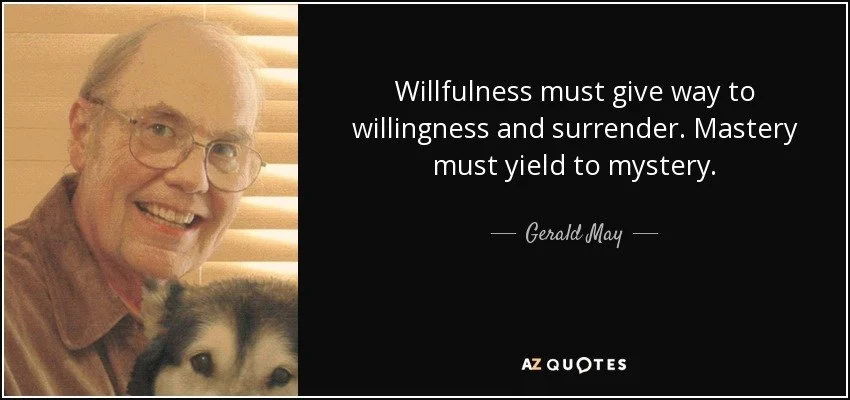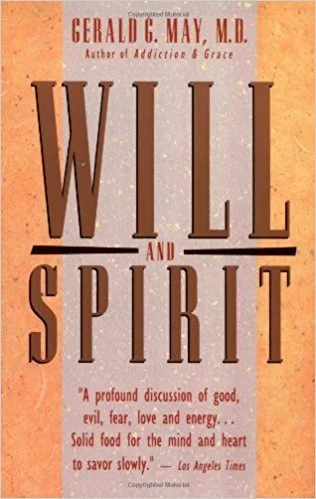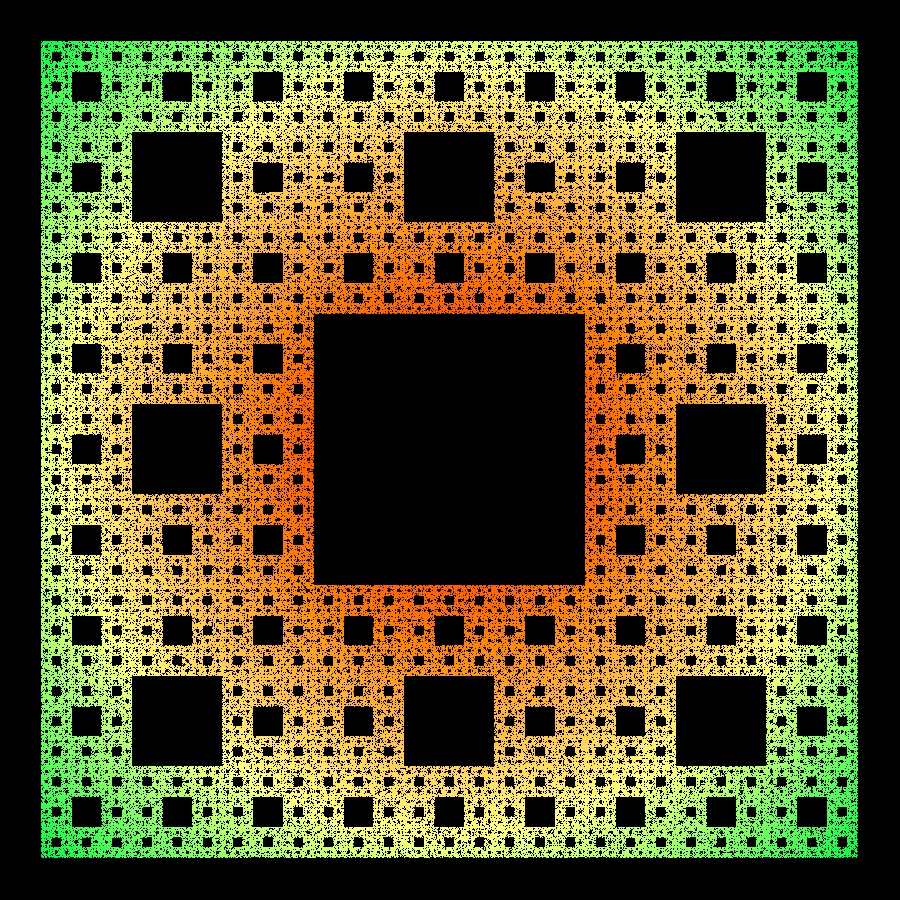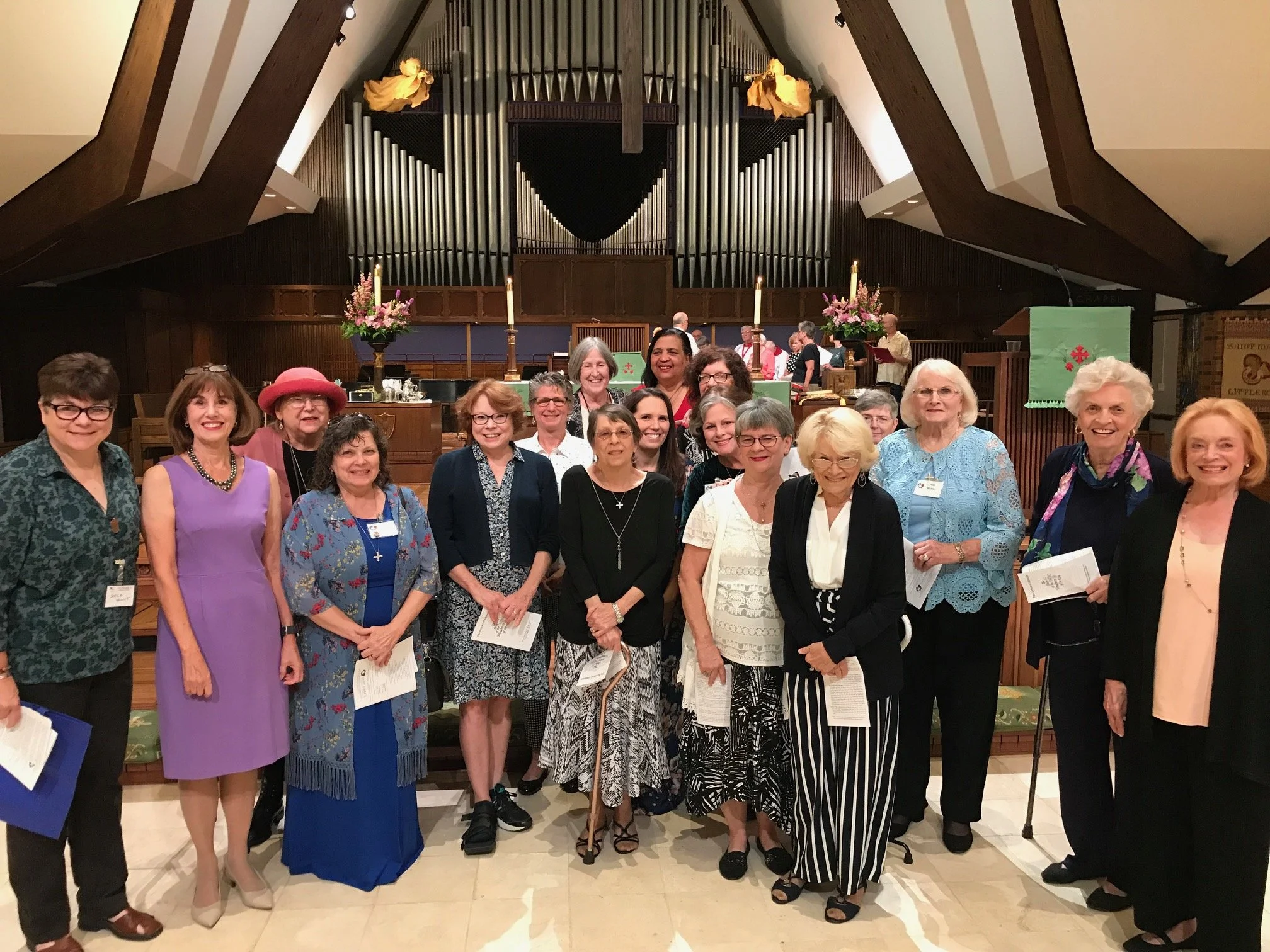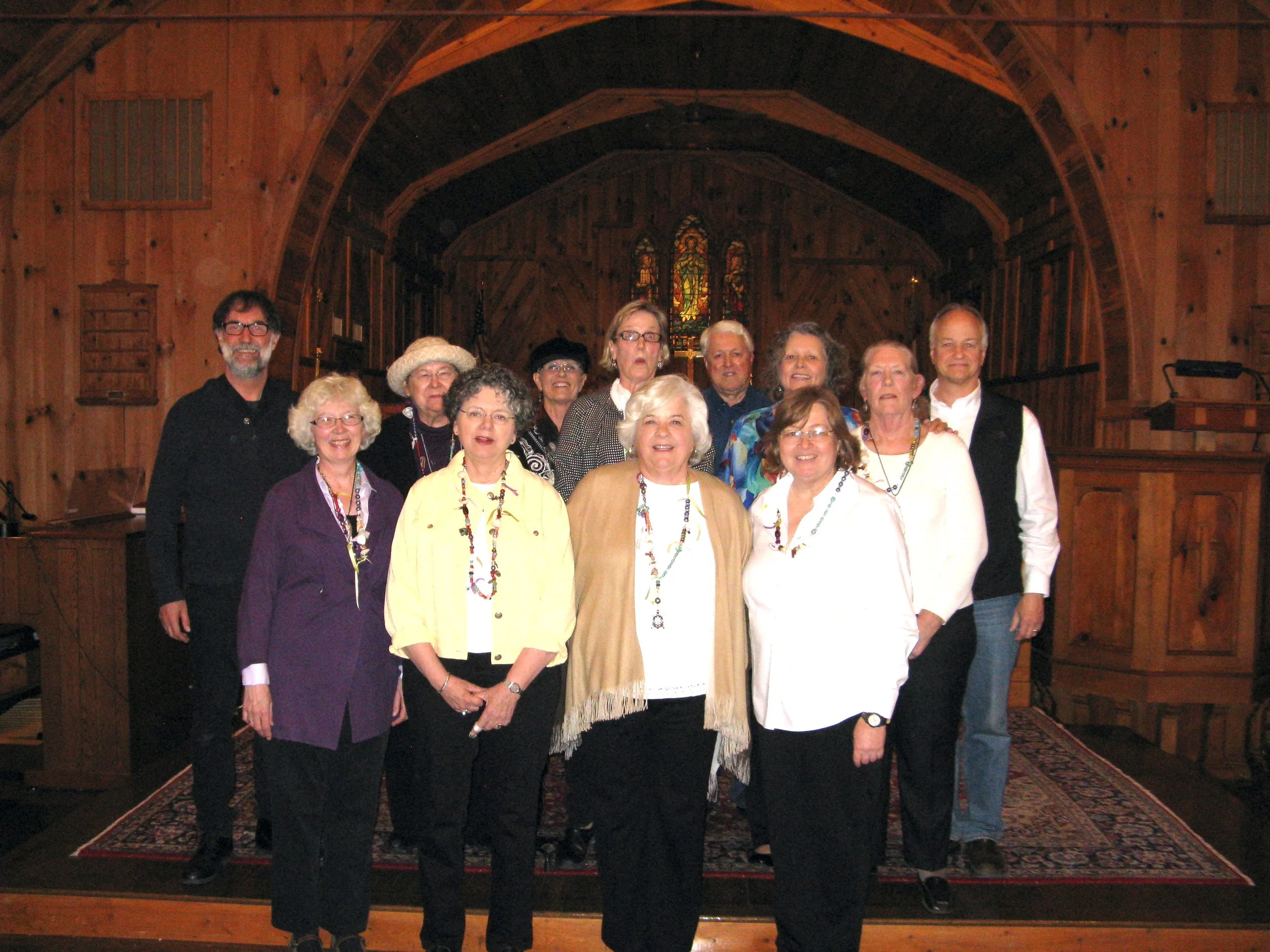Gerald May: How We Love
“In speaking of love, narcissism says, ‘I need you to love me.’ Erotic love says, ‘I need you.’ Filial love says, ‘I love you because I understand you.’ Agape—if it could speak—might say, ‘I am you in Love.’” —Gerald G. May in Will and Spirit (HarperOne, 1982), p. 167.
In Will and Spirit, Gerald May discusses types of love: narcissistic (self-love), Me-Me; erotic (romantic) love, Me-You; filial (compassionate) love, I-Thou; and agape (divine, unconditional) love. May believes erotic and filial love can act as “primary education leading to agape love.” Our confusion comes when we expect unconditional love from human beings and conditional love from God—and look for unconditional love from the image of God.
May points out that those who believe they are as holy as God commit perhaps the greatest sin. Willful self-determination is a template for human evil, just like willful vengeance. Willfulness always leads to separateness.
If we can move toward forgiveness for some past wrong, our fundamental capacity for love will not be injured. But if we hold on to resentment, it will become increasingly difficult to love or feel lovable. Our sense of separateness increases, and we become more afraid of anything resembling belonging, surrender, or union.
It is not so much the nature of evil forces that we experience, but our response to them, that can make a difference in our lives. When faced with a difficult situation, we must not deaden ourselves to reality, cop out, or react quickly with our own plan, while forgetting to call on the active power of God. We are called to remember the importance of a situation and the need for action, but to factor in our total dependence on the unconditional love of God. Then our hearts can be open to God working in us—and at some deep level of our awareness, we can relax and be at peace.
Joanna. https://www.joannaseibert.com/

